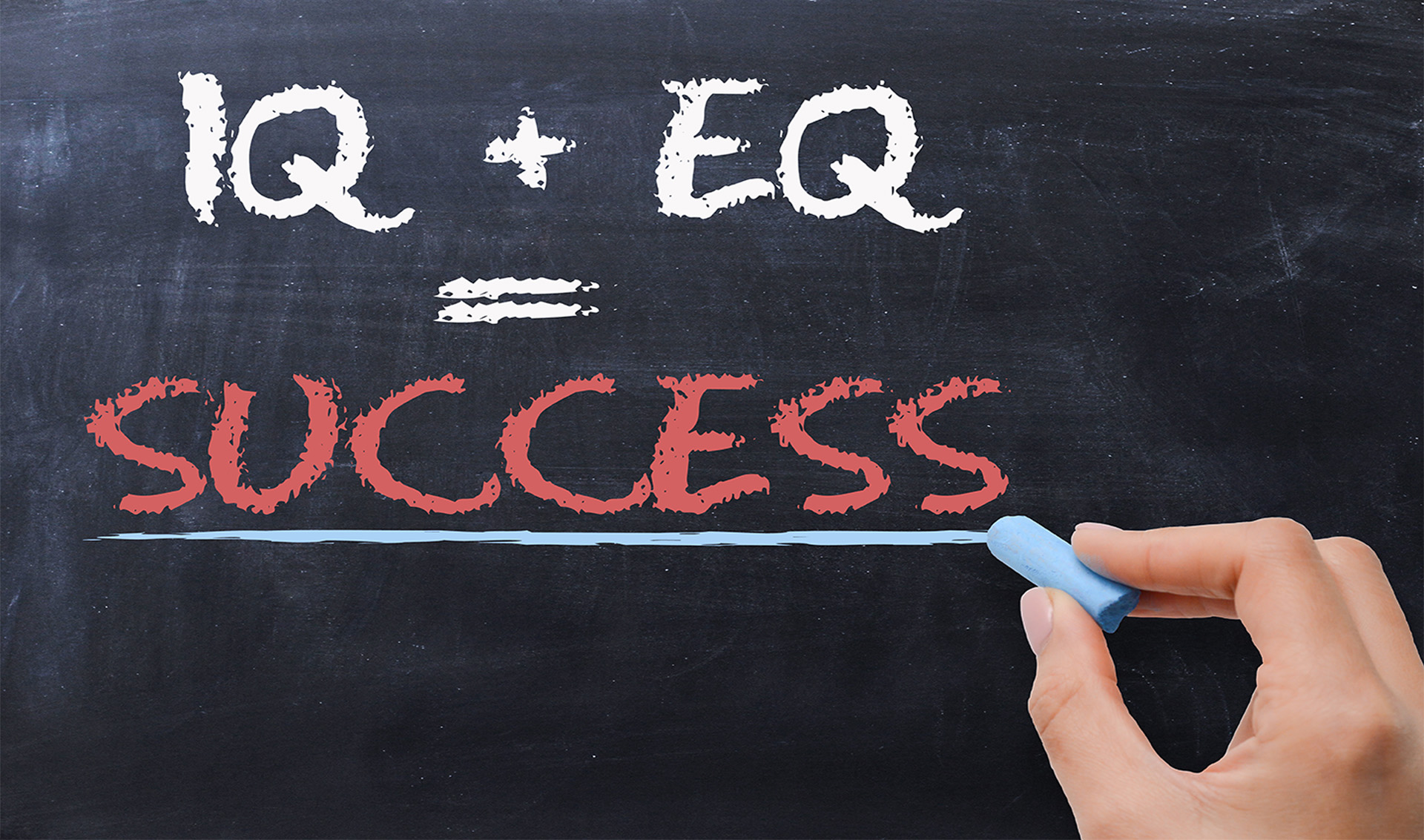A change mindset is comprehending the reasons for change, realizing that all resistance to change is not logical, communicating the rationale for change and mobilizing others to aid in securing a new vision for the future. Leadership having a change mindset is the catalyst for organizations to implement change successfully and profitably. John Kotter stated that “Change leadership is the engine of change, it’s about urgency, vision, empowering people, and seizing opportunity. The goal is to make change happen smarter and faster with an accelerated efficiency. It is the process that fuels large-scale transformation.” Change leadership can be daunting, which is why it is important to understand the role that having a change mindset - at the leadership and organizational levels - plays in successful outcomes. Leaders, who are incapable of adopting a change mindset, lead their organizations to stagnation and eventually obsolesce. So, why do so many organizations have difficulties bringing about real change? It is because leadership struggles with the impact employee emotions have on change, is intimidated by the process of change, and procrastinates getting started. Therefore, many business owners and leaders blink when it comes to enacting change because they are deficient in one of the fundamental characteristics of a change mindset. For this reason, we decided to explore the difference between thinking and feeling, the role leadership communication skills play in accomplishing change and the need for an Eagle Team to promote change.
The Difference Between Thinking and Feeling

Dr. John Kotter depicts in his book “Our Iceberg is Melting” that both thinking and feeling will lead to positive results, however one does have a greater impact. Thinking is the process of logically organizing and collecting data, often a precursor to feeling. On the other hand, feeling is an experience that pushes and individual or organization towards changing, having a greater effect compared to thinking. Leaders must address both the thinking and feeling parts of their employees’ psyche to generate meaningful change. It is not enough for leaders to logically explain why change is needed. They must bring about experiences, tell stories about the journey and produce visuals to encapsulate the moment and most of all make the passage engaging. If your employees are motivated to change and have firsthand experiences to the benefits of the change you seek, you will see success.
Role of Communication in Change Leadership

A key determinant for success is the ability of the leader to communicate the need for change to his managers, staff, or employees when change is required. Leaders and managers do more than just run the day-to-day operations. They spearhead successful change through their communication with the staff. It is more likely that management will trigger a domino effect within their organization bringing about the change they seek when they can articulately and clearly communicate the circumstances that prompted the need for change. Leaders must reduce the impact of fear and satisfaction with the status quo via effective communication to generate a change mindset throughout the organization. Have you ever dealt with employee resistance when changes were needed? How did you handle the situation? Let us know down below.
Build an Eagle Team to Create a Change Mindset

Leaders cannot bring about organizational alignment for change by themselves. They need to understand why change is necessary, propose a vision for the future, meet the challenges, produce wins and solidify a new culture that is appropriate for the organization to prosper. It is too much for one individual or a small cohort of individuals to accomplish by themselves. Therefore, when change is required, management should launch an Eagle Team. Why, an Eagle Team? Let’s review the properties of an eagle. Eagles:
- Are Powerful with Keen Vision
- Stay Focused on their Objective
- Test one Another, Trust is Earned not Given
- Work with Other Eagles and not with Pigeons
- Fly into and Above the Storm
- Are Fearless, No Challenge is too Big
- Nurture and Train Young Eagles
Members of the Eagle Team should have the properties of an eagle: leaders of the organization both formally and informally, focused on objectives and willing to be advocates for change within the organization. Team members should also have shared values, enthusiasm, strong communication abilities, represent a cross section of the organization and be tasked with spreading the new vision and dealing with objections. It is critical everyone remains on the same page when attempting a new direction and the Eagle Team will be the catalyst for change within the organization. A strong Eagle Team will assist in aligning the organization around the new vision and speeding implementation of the new strategic plan.
Next Steps

Change is not easy, and no one likes to change. Change is usually the last resort, but in today’s world change is a constant and for businesses to be successful they must be able adapt to the changing environment. You may have already determined that change is needed at your organization but need assistance bringing about that change. For leaders to produce lasting change and solidify a new culture of change takes time, perseverance, and expertise. As a busy business owner or CEO, you might not have the time to dedicate to generating meaningful change, which is where Sabacon Consulting can swoop in. Sabacon Consulting has helped numerous clients produce tangible change results, instilling a change mindset throughout the organization. Reach out today for a consultation.
Sources
Kotter, John. “Our Iceberg is Melting.” Penguin Random House, 5 January 2016.
Issah, Mohammed. “Change Leadership: The Role of Emotional Intelligence.” SAGE Open, July 2018, doi:10.1177/2158244018800910.

